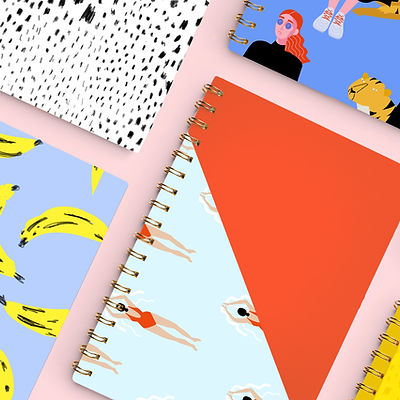Compassion Fatigue and the Burden of Empathy
Compassion Fatigue
“We have not been directly exposed to the trauma scene, but we hear the story told with such intensity, or we hear similar stories so often, or we have the gift and curse of extreme empathy and we suffer. We feel the feelings of our clients. We experience their fears. We dream their dreams. Eventually, we lose a certain spark of optimism, humor and hope. We tire. We aren’t sick, but we aren’t ourselves.”
- C. Figley, 1995
About the author

I am a final year physiotherapy student at La Trobe University. The idea for this project arose from my experiences while undertaking clinical placements. During this time I constantly felt emotionally drained, experienced erratic bouts of anger, frustration and decreased efficiency, but at that time I did not recognise it as compassion fatigue.
I hope that this resource will be able to benefit other people in recognising and managing causes and symptoms of compassion fatigue.

Purpose
In a study on physiotherapy students in the University of Western Cape, over eighty percent of students were found to experience moderate to high levels of emotional exhaustion (Amosun & Dantile, 1996). Similarly, research shows that sixty per cent of newly qualified physiotherapists suffered from moderate to high levels of emotional exhaustion (Scutter & Goold, 1995).
In a profession with such a high prevalence of compassion fatigue, having a better understanding of compassion fatigue will enable individuals to become aware of signs and symptoms as they arise. This will enable them to rapidly take action and manage the effects when compassion fatigue is present in themselves, and in the people around them.
As females make up 65.4% of the physiotherapist population (Department of health, 2019), and due to the author's own identity as a young female, this resource is slightly biased towards the female population in terms of drawing style and presentation. However, the information presented is applicable to all genders.
As such, the purpose of this resource is to provide educational material for the identification, prevention and management of compassion fatigue in physiotherapy students.

Recommended Use of Resource
Comics work best when it is aimed at individual, self-paced reading. Due to the visual nature of comics they cannot be used in every situation – compared to documents, one cannot quickly skim through comics to retrieve key points (Leamy, 2015).
Given the large amount of medical information and text physiotherapy students encounter on a daily basis, this comic was created with the aim of offering an exciting alternative, and simultaneously enable readers to feel more in control and less isolated in their situation (Green & Myers, 2010).
When using this resource, the author would encourage readers to get comfortable (with or without a cup of tea) and absorb the content at your own leisurely pace.
Acknowledgements
The author would like to thank medical cartoonist and health communication specialist, Cathy Leamy, for her generous contribution and assistance in the formation of the resource. A big thank-you also to all individuals who meticulously reviewed and provided feedback.
